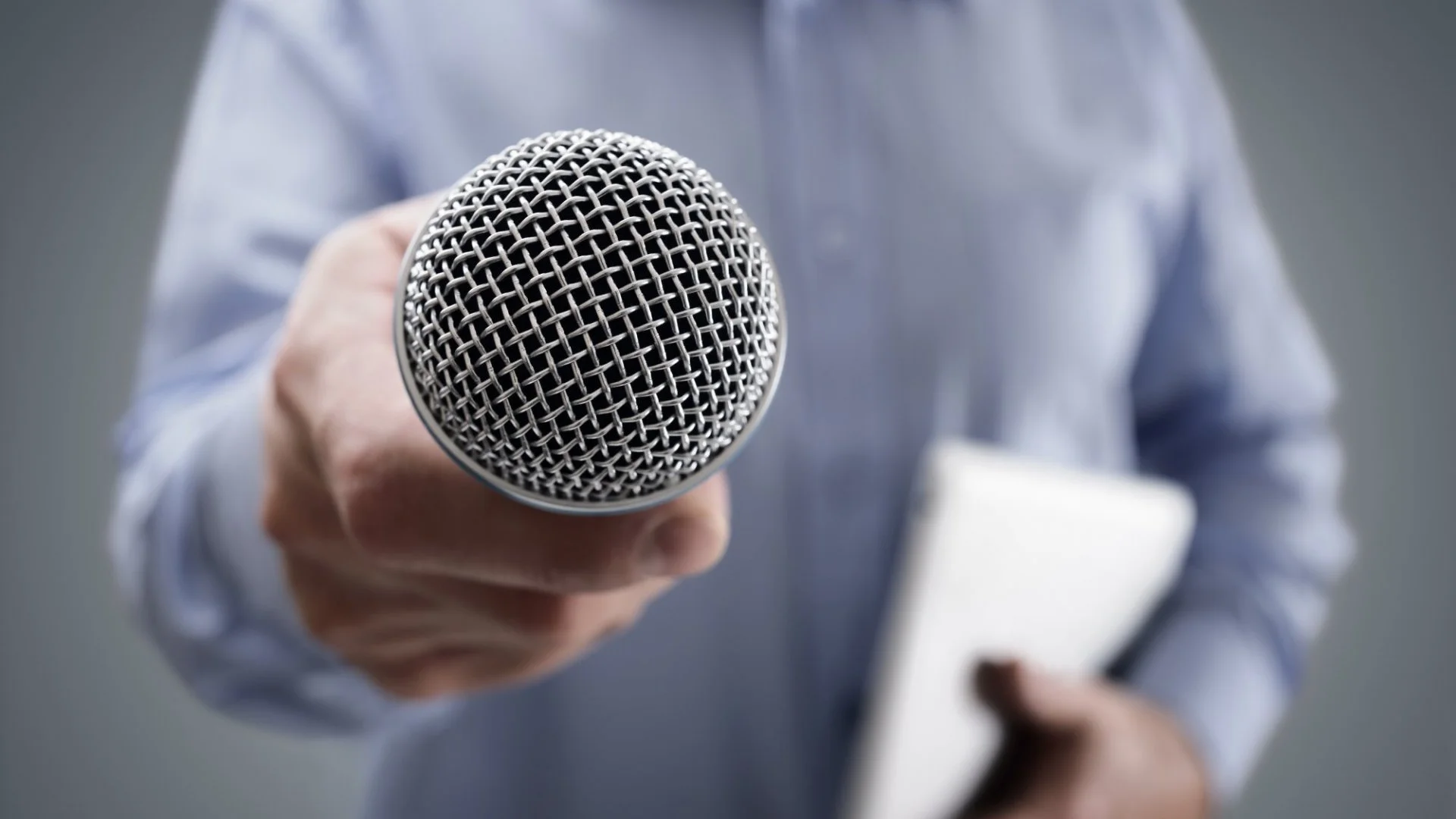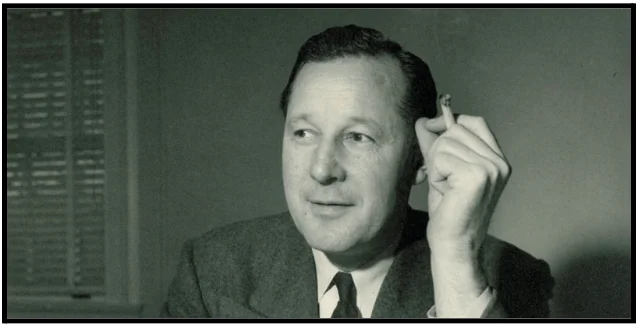Media interviews provide a crucial opportunity to leverage your impact. What good is a white paper if nobody reads it? Even a case lost in court can be won in the court of public opinion.
In this guide:
General
Presume goodwill. Most reporters are fair and under strict guidelines. Help them as much as you reasonably can.
Be honest. You are building your brand as well as your organization’s brand.
Everything is on the record. Assume everything you say and write is being recorded.
When possible record your own interviews. Let the interviewer know you are recording.
Before Your Interview
Be clear on what you can and can’t talk about. What issues does your organization have a stance on? Are you empowered to share that stance? Discuss this with your company’s media team.
Do your research: Who is interviewing you? What is their interview style like? How long will the interview be?
Have clarity on the logistics. Where is the interview located? How long will it take you to get there? Or are you calling in? Who is calling whom? Do you have a point of contact if something goes wrong?
Your interviewer has a specific aim in talking to you. Think about what that might be and how you can help them while spreading your ideas.
Calm your nerves. Listen to relaxing music. Take a short walk outside. Practice resonant breathing or Tummo.
Eat a small, healthy meal.
Use the restroom. Look at yourself in the mirror. Make sure your clothes look good and nothing is stuck in your teeth. Tell yourself you’re going to do awesome. Believe it!
Your Message
Your key idea
Know the one idea you want to get across. Make it simple, concise, and compelling. Be prepared to repeat it.
What are the best stories and analogies to bring your idea to life? Have them ready to share.
Use examples to help people visualize your point. Use comparisons to show that your position is reasonable and not radical.
Imagine you get one quote on the front page of the New York Times. 5-15 words total. What is it?
Don’t get in the weeds. Make your point relatable and easy to understand.
Jargon and technicalities are your enemy! Keep it simple.
In the interview
Be warm, friendly, and likable. Snark doesn’t win friends.
Refer to reporters by their first name. Keep the tone conversational.
Don’t speak over a reporter.
Front-load the good stuff. Your audience has a short attention span. Listeners pay the most attention to your first answer, and interest wanes after each subsequent answer.
If a host says “real quick,” it’s the last question. Give a crisp 12-second answer. Highlight your most important idea.
Block and bridge
Media interviews are framed as a conversation, but they’re not. They’re opportunities for you to clarify and share your key ideas.
When you get a bad or off-topic question, acknowledge it and transition to the point you want to make.
? “What should we do about nuclear proliferation?”
✅ “That’s a complicated issue outside of my area of expertise. What I can tell you is X.”
❌ “I don’t know much about this issue, but it can only be solved by Y.”
Bridge to your point even if it has nothing to do with the original question.
Match the emotion of the question.
? “Millions of people are displaced from their homes due to X. What should we do about this?”
✅ “My heart goes out to those suffering. Unfortunately, I don’t have the expertise on that subject to suggest solutions. What I can talk about is Y.”
❌ “I don’t care about refugees. The real issue for me is Y.”
Don’t repeat the negative.
? “Why does your company hurt people?”
✅ “Our company helps people by…”
❌ “Our company doesn’t hurt people. We help people by…”
❌”I don’t beat my wife, I swear!” [what’s the one thing that you think about the guy that says this?]
Stay positive and solutions-oriented. Don’t connect your company to a negative even if you’re refuting the point.
Delivery
Speak slowly and project your voice. Enunciate. It’s more challenging for audiences to follow along when they’re listening to the radio or watching on TV.
Carry your sentences through. Don’t trail off at the end.
Enthusiasm is contagious. Speak with excitement about the projects and ideas that excite you.
Match your facial expressions to what’s being said. Practice in the mirror to get the right mix of warmth and authenticity.
Avoid fillers (um, uh, er, so, etc.) and qualifiers (I think, maybe, I guess, etc.). These reduce your credibility.
TV Interviews
- Keep your answers to 15-20 seconds.
- Use calm, contained hand gestures or keep your hands out of the frame altogether.
Radio interviews
- Keep your answers to 30 seconds.
- For remote interviews, find a quiet place with good reception.
Podcast interviews
- Chat with the host in advance. You may be able to talk as long as you wish – and longer!
- Know whether the conversation is being shared as a video along with audio.
Visuals
What to wear
Default to professional dress but adjust based on the context. An on-location interview may require a more casual outfit. Confirm with your interview contact.
Wear solid colors. Avoid patterns, bright white, green, black, or nude.
Wear well-fitting clothing and avoid anything loose, flowy, or billowing. A navy suit or sheath dress works well.
Your jewelry shouldn’t move, make noise, or distract. No sunglasses.
Use makeup! Even men can use cover-up and foundation to create an even skin tone. Lights make you look washed out or even sickly. Plan to use at least a little powder to minimize shine.
Positioning
Sit up straight with a relaxed posture. Keep your feet planted on the ground. Avoid movement from the waist down. Beware swivel chairs.
When listening to the question, look at the person asking you the question. When answering the question, look at the camera. It’s a proxy for your viewers.
Ask which camera is yours. It’s not always obvious and can even be deceiving.
You DO look 10 pounds heavier on camera. And 10 percent less engaged.
Hostile Interviewers
Remember that your audience isn’t the person interviewing you. It’s everyone that sees and hears the interview.
Interviewers will often ask you the same questions multiple times to try to get the answer they want.
Nothing is ever off the record. Even small talk before the “official” interview starts or after it ends.
Treat everyone with respect. Regardless of how they treat you. If you react negatively to a rude interviewer, it only makes you look bad and discredits your idea.
Get comfortable with silence. Don’t continue talking just to fill an awkward silence.
“No comment” is a complete response. Don’t be goaded into responding to a question beyond your purview.
Be ready to block and bridge.
Practice, practice, practice. Sounding rehearsed beats a gaffe.
Afterward
For a recorded interview, ask when it will be available. For a live interview, ask where you can get a copy of it.
Ask trusted folks for one specific thing you can do better next time.
Do a quick self-assessment while the interview is still fresh. How are you feeling? What do you want to do differently for next time?
Later, watch or listen to the recording and do a full self-assessment. What went well? How can you take it to the next level? Be honest and empathic with yourself.
Remind yourself: for better or worse, this was an opportunity to learn and continue to grow.
How We Improve
Skill development is a process:
- Learn
- Practice
- Embrace feedback
- Iterate
This is true whether you’re a media veteran or a beginner. Each interview is an opportunity to learn, grow, and get better.
If you find this useful, please subscribe to our free weekly newsletter.




